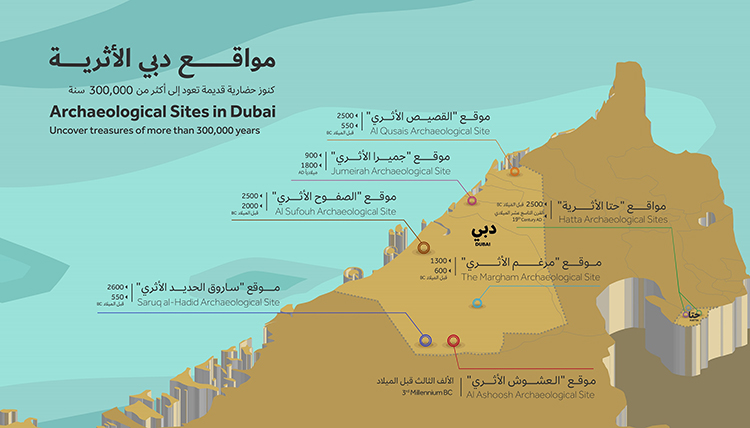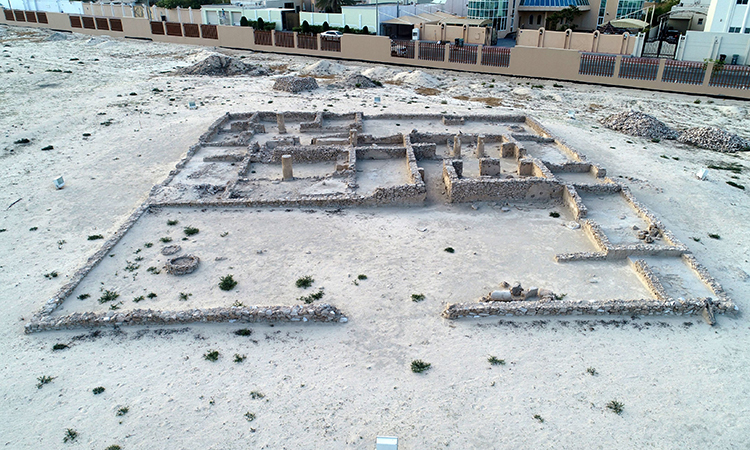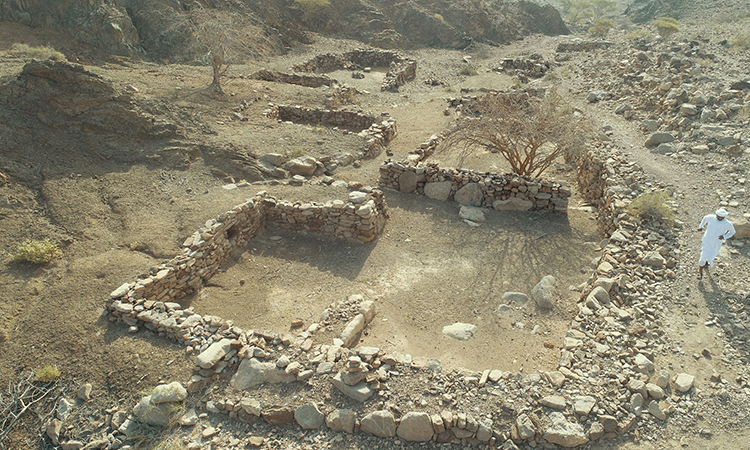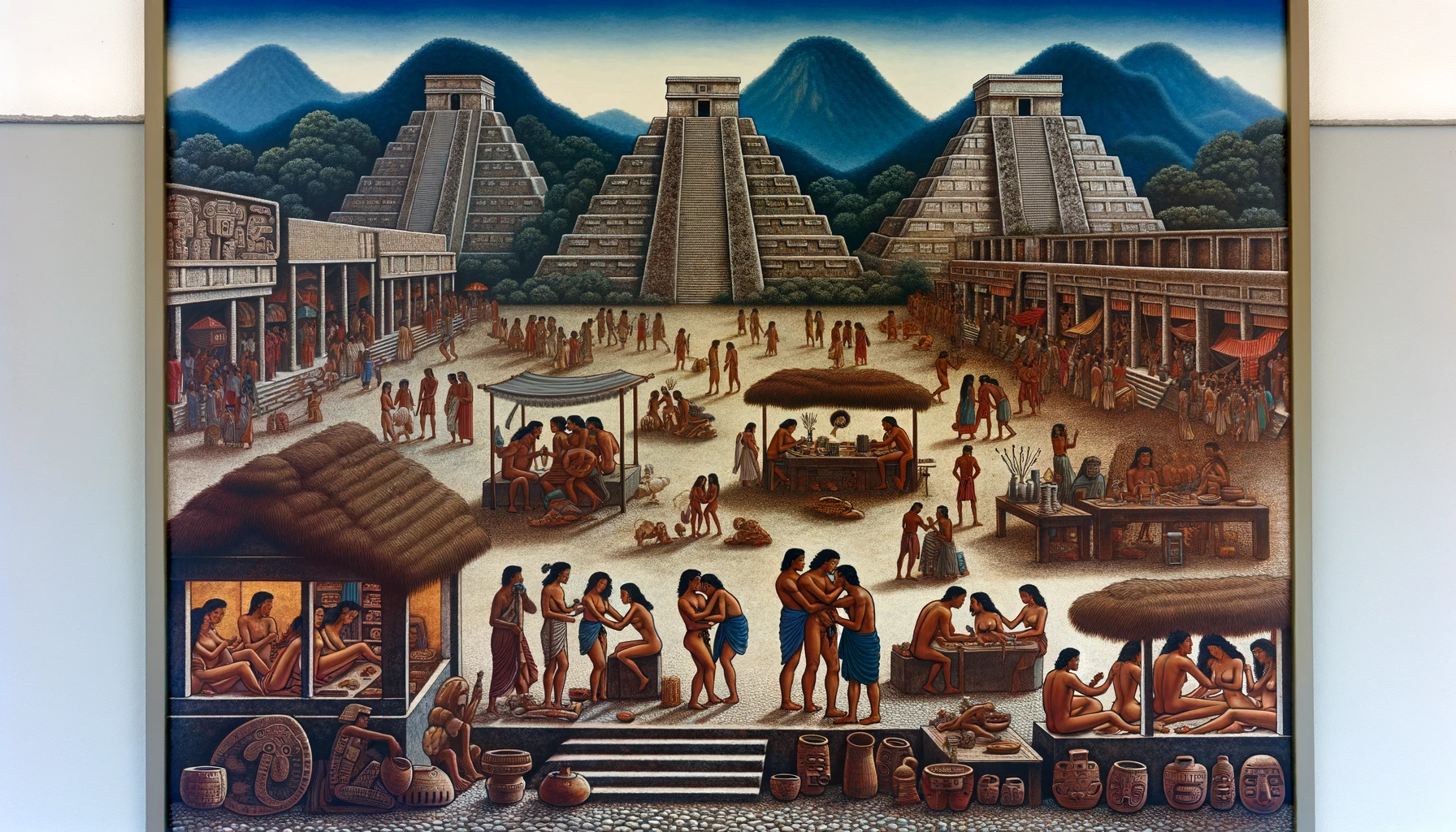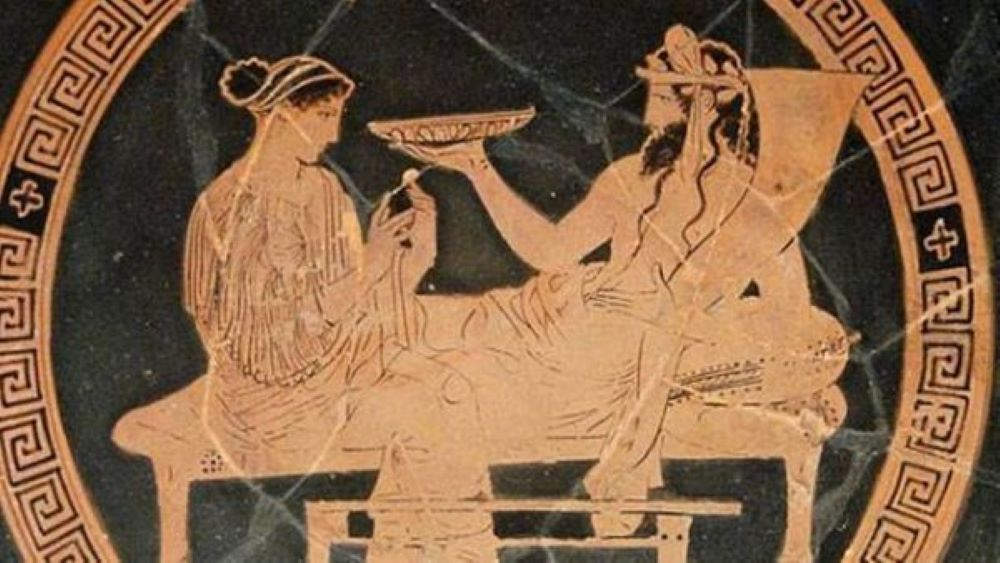In a world where epic love stories often seem to belong to the realm of fiction, a centuries-old love letter from Korea tells a tale that rivals the most poignant K-dramas. This ancient missive, unearthed in 1998 from the tomb of Eung-Tae Lee, a 16th-century man from the Joseon Dynasty, offers a glimpse into the profound depths of love and sorrow that transcend time.
A Discovery from the Past
The letter was found in Andong, South Korea, alongside the mummified remains of Eung-Tae Lee. Preserved in remarkable condition, the letter was written by Lee’s grieving widow, conveying her heartbreak and enduring love. The discovery of this letter was not only an archaeological marvel but also an emotional bridge to the human experiences of love, loss, and longing from half a millennium ago.
The letter was found on the mummy's chest, where his wife must have placed it and asked her partner to 'look closely at this letter and come to me in my dreams and show yourself in detail'. Here, archaeologists in Andong City in 2,000, unwrap cloth covering the 16th-century mummy of Eung-tae
A Heartfelt Farewell
Written in hangul, the Korean script, the letter is a poignant testament to the widow's profound grief and affection. It begins with the heart-wrenching salutation, "To Won's Father," a tender reference to their young son. The widow pours out her sorrow, lamenting her husband's untimely death and expressing her wish to reunite with him in the afterlife. Her words are filled with a raw emotional intensity that speaks to the universal human experience of losing a loved one.
The Words of a Grieving Heart
A moving love letter (pictured) found placed on top of the mummified body of a man, has revealed the grief of his pregnant wife.
To Won’s Father [Transcript]
To Won’s Father
June 1, 1586
You always said, “Dear, let’s live together until our hair turns gray and die on the same day.” How could you pass away without me? Who should I and our little boy listen to and how should we live? How could you go ahead of me?
How did you bring your heart to me and how did I bring my heart to you? Whenever we lay down together you always told me, “Dear, do other people cherish and love each other like we do? Are they really like us?” How could you leave all that behind and go ahead of me?
I just cannot live without you. I just want to go to you. Please take me to where you are. My feelings toward you I cannot forget in this world and my sorrow knows no limit. Where would I put my heart in now and how can I live with the child missing you?
Please look at this letter and tell me in detail in my dreams. Because I want to listen to your saying in detail in my dreams I write this letter and put it in. Look closely and talk to me.
When I give birth to the child in me, who should it call father? Can anyone fathom how I feel? There is no tragedy like this under the sky.
You are just in another place, and not in such a deep grief as I am. There is no limit and end to my sorrows that I write roughly. Please look closely at this letter and come to me in my dreams and show yourself in detail and tell me. I believe I can see you in my dreams. Come to me secretly and show yourself. There is no limit to what I want to say and I stop here.
These words capture the depth of her despair, a sorrow so profound that it transcends the centuries, resonating with anyone who has ever experienced the pain of losing a loved one. The widow's plea for her husband to appear in her dreams and the assurance that she will join him soon reflect the deeply personal and cultural aspects of mourning and hope for a reunion in the afterlife.
Cultural and Historical Context
The letter offers invaluable insights into the cultural and historical context of 16th-century Korea. During the Joseon Dynasty, Confucian principles greatly influenced societal norms and family structures. The widow's expressions of devotion and grief align with Confucian ideals of loyalty and filial piety. Her longing to reunite with her husband in the afterlife also highlights the spiritual beliefs that were prevalent during this period.
A Love That Endures
The discovery of this letter has touched the hearts of many, not only in Korea but around the world. It serves as a powerful reminder of the enduring nature of love and the deep emotional bonds that connect people across time and space. The widow's words, written with such clarity and passion, provide a poignant counterpoint to the often dramatized portrayals of love in contemporary media. Unlike the scripted romances of K-dramas, this letter reveals a genuine, heartfelt narrative of love and loss that is deeply human and profoundly moving.
The 500-year-old Korean love letter from the tomb of Eung-Tae Lee is more than just an archaeological artifact; it is a timeless story of love, loss, and longing. It reminds us that the deepest emotions are universal and eternal, transcending the boundaries of time and culture. As we read the widow's words, we are reminded of our own capacity for love and the enduring power of the human heart. In this ancient letter, we find a story that is, indeed, deeper than any K-drama, resonating with an authenticity and emotional depth that speaks to the core of the human experience.












